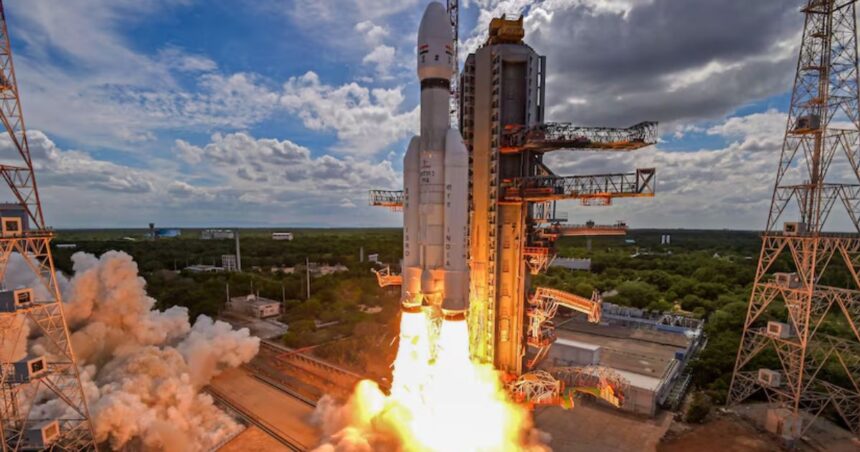In a monumental decision, the Union Cabinet has approved two ambitious space missions: Chandrayaan-4 and the Venus Orbiter Mission. This move marks a significant leap in India’s space exploration efforts.
The Chandrayaan-4 mission aims to build on the success of its predecessors. This mission will not only land on the Moon but also return to Earth with lunar samples. The mission is set to demonstrate advanced technologies for landing, sample collection, and safe return. The total budget for Chandrayaan-4 is ₹2,104.06 crore.
The Venus Orbiter Mission (VOM) is another exciting venture. This mission will study Venus, our closest planetary neighbor. The mission will explore Venus’s surface, atmosphere, and its interaction with the Sun. The budget for this mission is ₹1,236 crore.
Chandrayaan-4: A New Lunar Adventure
Chandrayaan-4 is designed to achieve several key objectives. It will develop and demonstrate technologies for landing on the Moon and returning to Earth. The mission will collect lunar samples and analyze them on Earth. This will help scientists understand the Moon’s composition and history.
The mission will use two spacecraft stacks. Stack 1 will focus on collecting lunar samples. Stack 2 will handle propulsion, transfer, and re-entry of samples back to Earth. The mission will involve complex docking and undocking operations in lunar orbit.
The mission will use upgraded LVM-3 rockets. These rockets are more powerful and reliable. They will ensure the safe delivery of the spacecraft to the Moon and back. The mission is expected to be completed within 36 months of approval.
Venus Orbiter Mission: Exploring the Morning Star
The Venus Orbiter Mission aims to study Venus in detail. Venus is often called Earth’s twin because of its similar size and composition. However, Venus has a very different environment. It has a thick atmosphere and surface temperatures hot enough to melt lead.
The mission will orbit a scientific spacecraft around Venus. It will study the planet’s surface and subsurface. It will also analyze atmospheric processes and the influence of the Sun on Venus’s atmosphere. This will help scientists understand why Venus evolved so differently from Earth.
The mission will involve the development and realization of the spacecraft. This includes specific payloads and technology elements. The mission will also require global ground station support for navigation and network.
Significance of These Missions
Both missions are significant for India’s space program. They will enhance India’s capabilities in space exploration. They will also provide valuable scientific data.
Chandrayaan-4 will help India achieve the foundational technological capabilities for a manned mission to the Moon. This is planned for 2040. The mission will demonstrate technologies required for docking, landing, and safe return to Earth. It will also involve lunar sample collection and analysis.
The Venus Orbiter Mission will provide insights into the evolution of Venus and Earth. Studying Venus will help scientists understand how planetary environments can evolve differently. This will provide invaluable insights into the history and future of our own planet.




